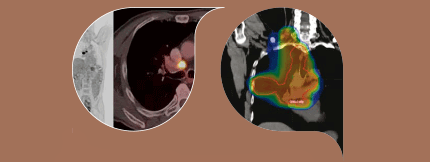Risk factors
Smoking is considered the principal risk factor in lung cancer patients, causing more than 80% of all cases.
Non-smoking-related risk factors include occupational exposure to asbestos, chromium, arsenic, cadmium, silica and nickel, as well as second-hand smoke, outdoor air pollutants, previous lung diseases, radon exposure and dietary factors.
The main modifiable risk factors for cancer pathogenesis are smoking habit, alcohol consumption, overweight and obesity, and the correct intake of meat, fruit and vegetables in the diet.
The International Agency for Research on Cancer (IARC) has identified at least 50 carcinogens in tobacco smoke, targeting both central and peripheral airways.
The most potent carcinogens in cigarette smoke are the polycyclic aromatic hydrocarbons (PAHs) and the aromatic amines, N-nitrosamines. It also contains benzene, vinyl chloride, arsenic, chromium, radon, and its decay products, bismuth and polonium.
In the absence of such risk factors, the genetic susceptibility to lung cancer remains the only other parameter predisposing to the onset of the disease.
An estimated 10%–25% of lung cancers worldwide occur in never-smokers, defined as individuals who have smoked less than 100 cigarettes in their lifetime.
Cancers arising in never-smokers predominantly target the distal airways, favouring adenocarcinoma histology and female gender. One of the most relevant risk factors is environmental tobacco smoke exposure.
Lung cancer prevalence in never-smokers is higher in Asian countries, especially in women, probably due to the inhalation of cooking oil vapours and particles emitted by domestic use of coal for cooking and heating.
Revision Questions
- What is the definition of ‘never-smokers’?
- Is there a different distribution of lung cancer in never-smokers across the world?
- Which are the most potent carcinogens of cigarette smoke?




